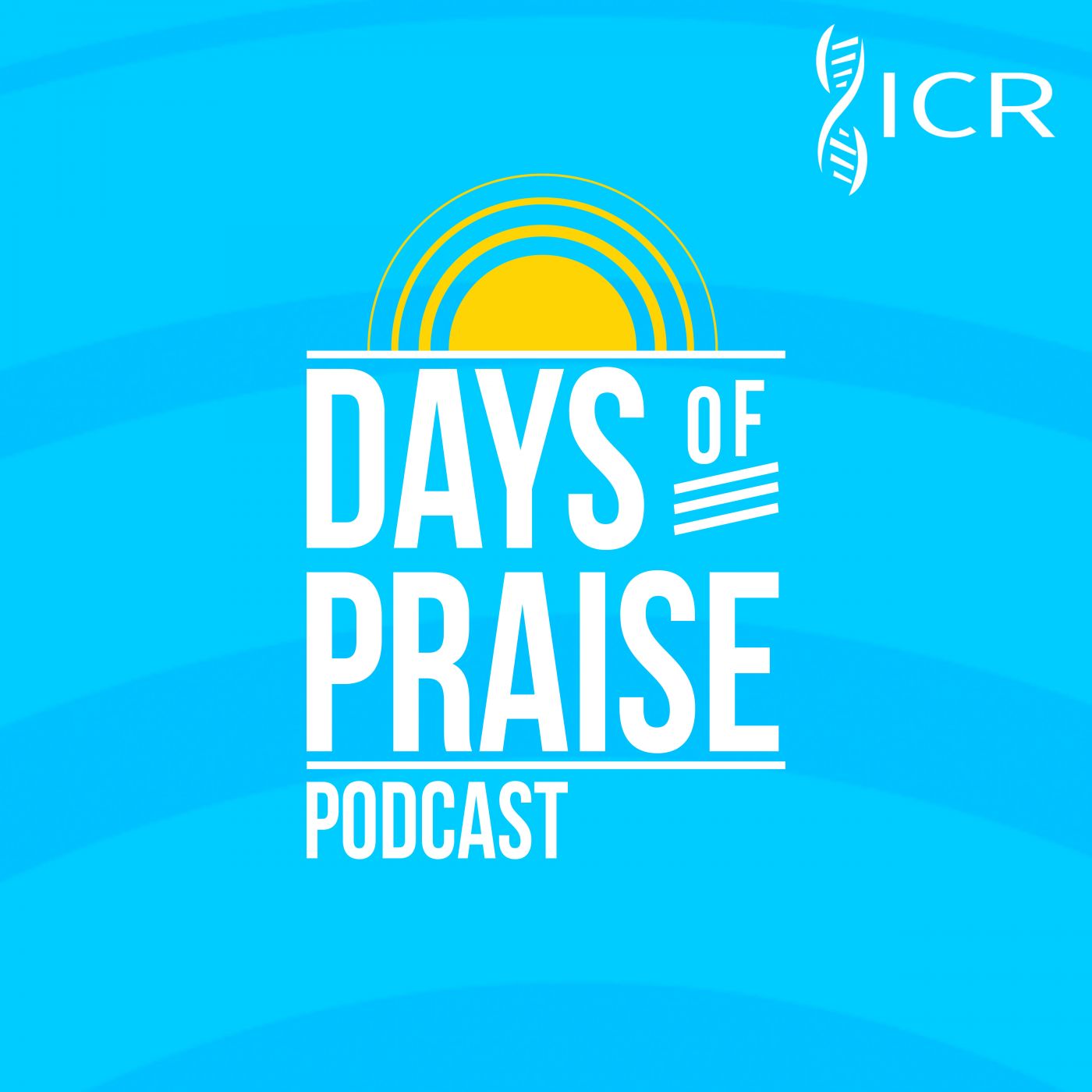“And [Joseph] knew her [Mary] not till she had brought forth her firstborn son: and he called his name JESUS.” (Matthew 1:25)
The actual birthday of Jesus was sometime in the fall (September or October) rather than in December. The date is of lesser consequence, however, than the reason for the celebration (Isaiah 1:18). Heaven itself celebrated the birth (Luke 2:8-14). And after the shepherds got over their fear, they couldn’t stop telling the news.
Then there were the wise men from the east who came to worship the one “born king of the Jews” (Matthew 2:1-2). They got there well after the birth, having put their lives on hold, and willingly gave of their time and treasures to honor this great King while they rejoiced with “exceeding great joy” (Matthew 2:10). Surely all Christians should worship and rejoice as well as open our treasuries when we celebrate Christ’s birth.
But if we just focus on the birth, we may miss the greatest reason for the commemoration. After all, there was nothing uncommon about the physical process. But the conception, now that was miraculous (Luke 1:35)! The eternal “Word was made flesh, and dwelt among us” (John 1:14). The great Creator and Son of God, “foreordained before the foundation of the world” (1 Peter 1:20), submitted to the will of the Father and “made himself of no reputation, and took upon him the form of a servant, and was made in the likeness of men” (Philippians 2:7). That was why heaven celebrated.
Counting back nine months from around September puts us pretty close to the end of the previous December. Perhaps our sovereign God has orchestrated events so that we would celebrate the real miracle of the conception: “God with us” (Matthew 1:23). HMM III

Days of Praise Podcast is a podcast based on the Institute for Creation Research quarterly print devotional, Days of Praise. Start your day with devotional readings written by Dr. Henry Morris, Dr. Henry Morris III, Dr. John Morris, and others to strengthen and encourage you in your Christian faith.














